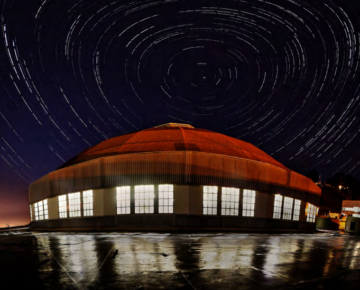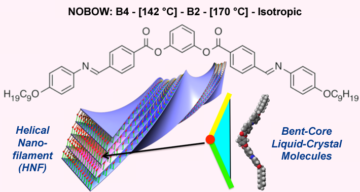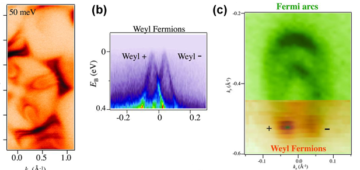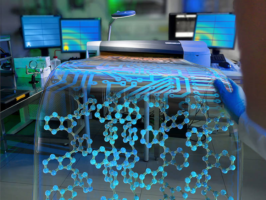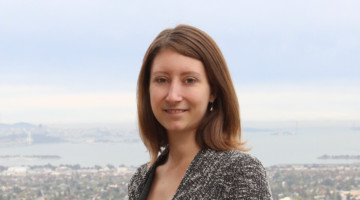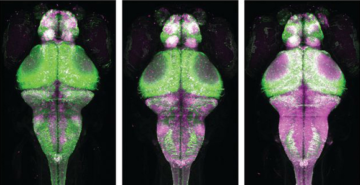The Proposal Study Panel (PSP) met on October 23 to oversee and finalize the scoring of General User Proposals for the 2016-1 Feb-June operating cycle and to make recommendations to the ALS Scientific Advisory Committee (SAC) on Approved Program applications. Beam time allocations are completed and users have been notified to view the results by logging in to ALSHub. Read more »
Binding Behavior of Dopamine Transporter Key to Understanding Chemical Reactions in the Brain
Scientists working at the ALS recently solved the crystallographic structures of several amine transporters in an effort to better understand why the human brain responds to chemicals like dopamine and serotonin. What they found will help in the design of drugs to treat many neurological diseases, and may also lead to a better understanding of how addiction to abused drugs such as cocaine can be managed. Read more »![]()
![]()
Watching a Liquid-Crystal Helix Unwind
For the first time, researchers have directly measured the helical pitch of twisted liquid crystals composed of achiral bent-core molecules. The work opens the door to understanding the interplay between structure and property in important organic materials, including liquid crystals, lipid tubules, and peptoids. Read more »![]()
![]()
Weyl Fermions Discovered After 85 Years
Weyl fermions, elusive massless particles first theorized 85 years ago, have now been detected as emergent quasiparticles in synthetic crystals of the semimetal TaAs. The discovery could allow for the nearly free and efficient flow of electricity, as well as the realization of many fascinating topological quantum phenomena.
Discovery of Weyl Semimetals May Lead to Novel Future Spintronic Applications
A team of researchers using angle-resolved photoemission spectroscopy (ARPES) at ALS Beamline 10.0.1 found intriguing particles in a new phase of quantum matter: topological Weyl semimetals.
Read more »
2015 Director’s Awards
ALS staff took top honors in Lawrence Berkeley National Lab’s 2015 Director’s Awards for Exceptional Achievement and were recognized in a ceremony earlier this month. The ALS recipients comprised nearly half of this year’s awardees, receiving recognition in the scientific, early scientific career, and safety categories. The Director’s Awards honor individuals in both the scientific and operations divisions forRead More Read more »
Custom Organic Electronics Out of the Printer
Using in situ x-ray characterization and a custom-made slot-die coater at Beamline 7.3.3, the cross-linking of polymer molecules in the active layer of an organic solar cell during the printing process could be observed.
Read more »
X-Ray Microscopy Reveals How Crystal Mechanics Drive Battery Performance
Recent findings at the ALS show that small crystal size is key to maintaining a battery’s performance and establish soft x-ray ptychography as an essential tool for studying chemical states in nanoparticles.
Read more »![]()
![]()
Ashley White, Director of Communications
After many years as a researcher followed by a few in government and policy, Ashley White sees her new position as ALS Director of Communications as a perfect blend of it all. “I’m thrilled to be back in a research environment, since I started out my career as a researcher and loved being in the lab,” she says. “When I walk around the ALS and see all the tin foil and the beamline equipment, it feels like home.” Read more »
A Designed Protein Maps Brain Activity
A team of scientists designed and validated via x-ray crystallographic studies a fluorescent protein (CaMPARI) that allows the permanent marking of active brain cells. The protein was then used to study live changes via fluorescence in the active nerve cells in brains of fruit flies, zebrafish, and mice. Read more »![]()
![]()
- 1
- 2
- 3
- …
- 17
- Next Page »
